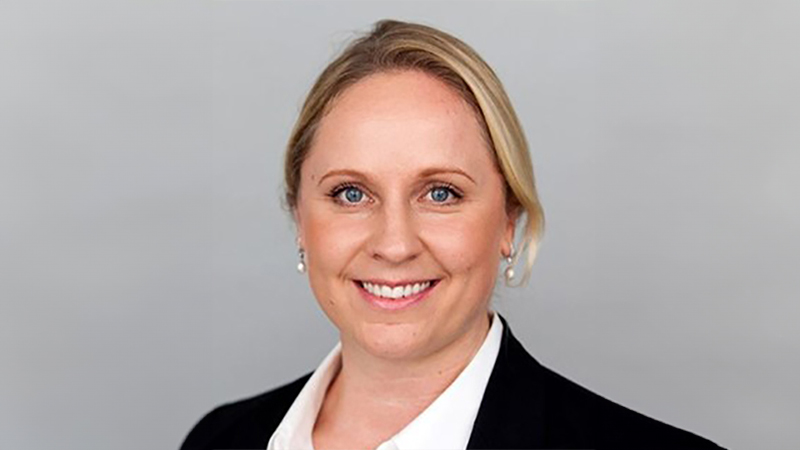The 10 FTSE 100 firms that attracted the highest percentage of analyst “buy” ratings last January notably underperformed the index as a whole during the year, with half of analysts’ preferred picks delivering negative returns.
Worse still, the fund selector found that the 10 companies with the highest percentage of “sell” ratings a year ago actually outperformed the FTSE 100 index and the 10 most popular stocks on analysts’ lists.
Whereas the FTSE 100 and list of top 10 most recommended stocks returned 7.6% and -9.3% respectively, the 10 most “sellable stocks” in analysts’ eyes, collectively returned 9.5% last year.
About 73% of analysts awarded Provident Financial a “buy” rating last year. The doorstep lender ended up returning -68.6% last year, making it the worst performer among analysts’ top 10 buy recommendations.
On the other side of the spectrum, Chilean copper miner, Antofagasta, which 44% of analysts recommended selling, returned 48.9% to shareholders.
However, a handful of stocks that analysts recommended booting, did end up delivering negative returns over the year, like INTU, Marks & Spencer and Pearson, which all returned -10.1%.
But these negative returns were nowhere near as bad as those generated by Shire (-16.7%), Dixons Carphone (-43.9%), Babcock International (-26.0%) and Hikma Pharmaceutical (-40.1%) which all received massive support from analysts as good buys.
While analysts generally had better luck predicting the winners and losers in the FTSE 250 and FTSE 350, the inconsistency of their “good” and “bad” calls, particularly with regards to large cap stocks, is troubling, said Russ Mould, investment director at AJ Bell.
“Mifid II has shone a bright light on who is paying for analyst research but of equal importance is whether that research is actually adding any value,” said Mould. “The cost of this research will ultimately be borne by customers, whether that is directly or indirectly and a look back at 2017 suggests these ratings needs to be treated with kid gloves, especially when it comes to the FTSE 100.”
More importantly, the findings call into question the value-add of such research in the short term, according to Mould.
“Ultimately, what the data does seem to show is the well-informed, diligent, expert broking community has little more idea of what is coming than anyone else, at least in the short term.”










